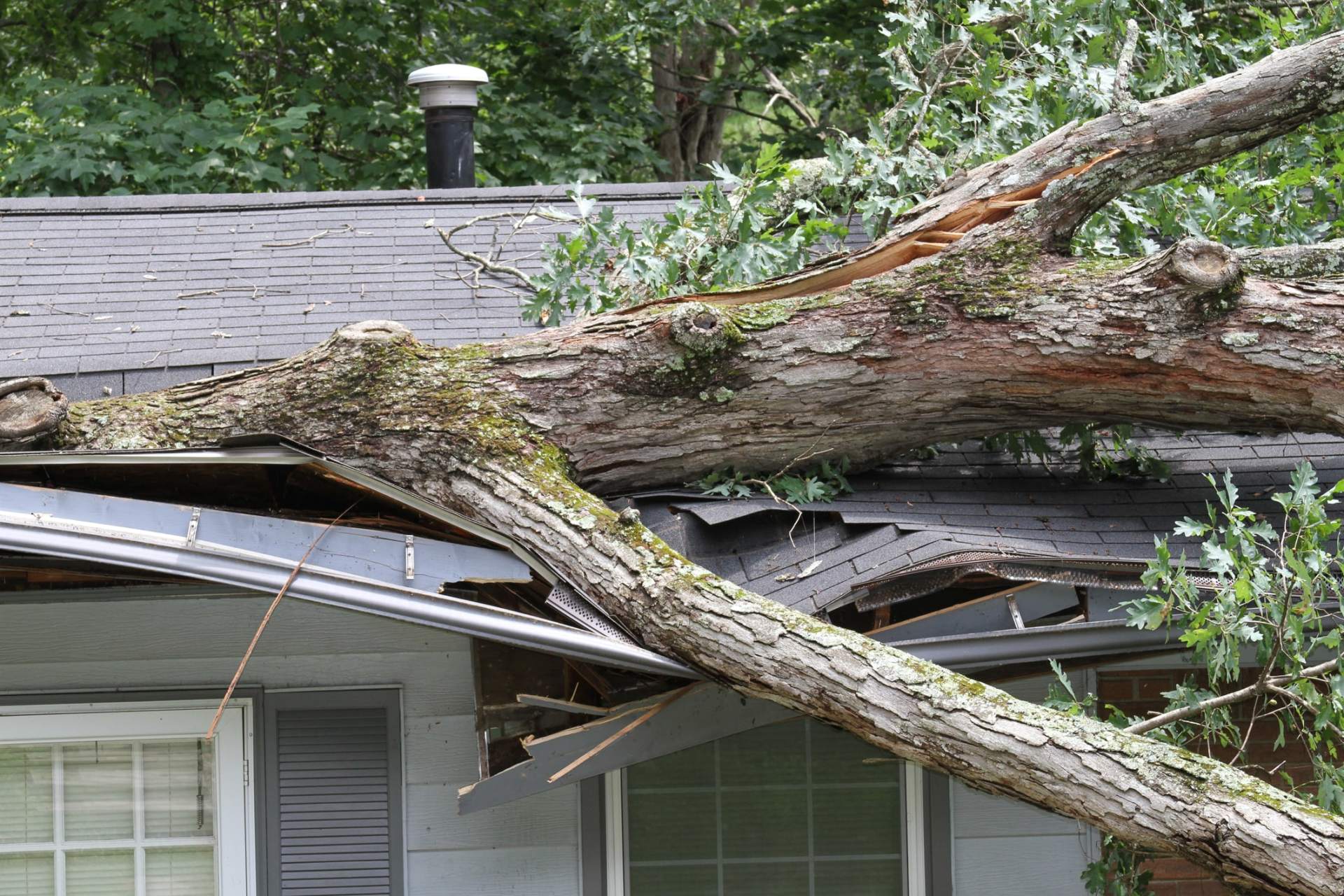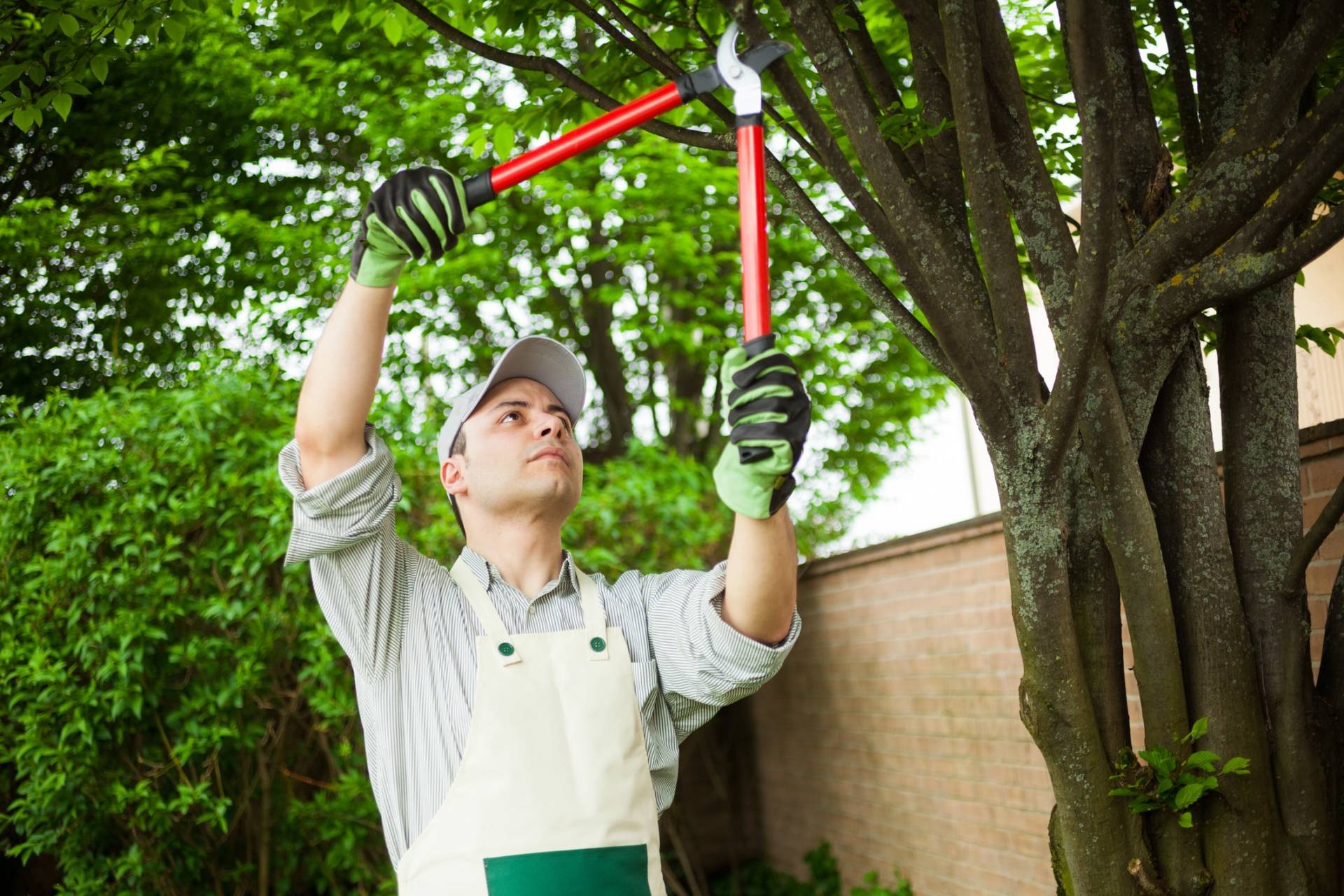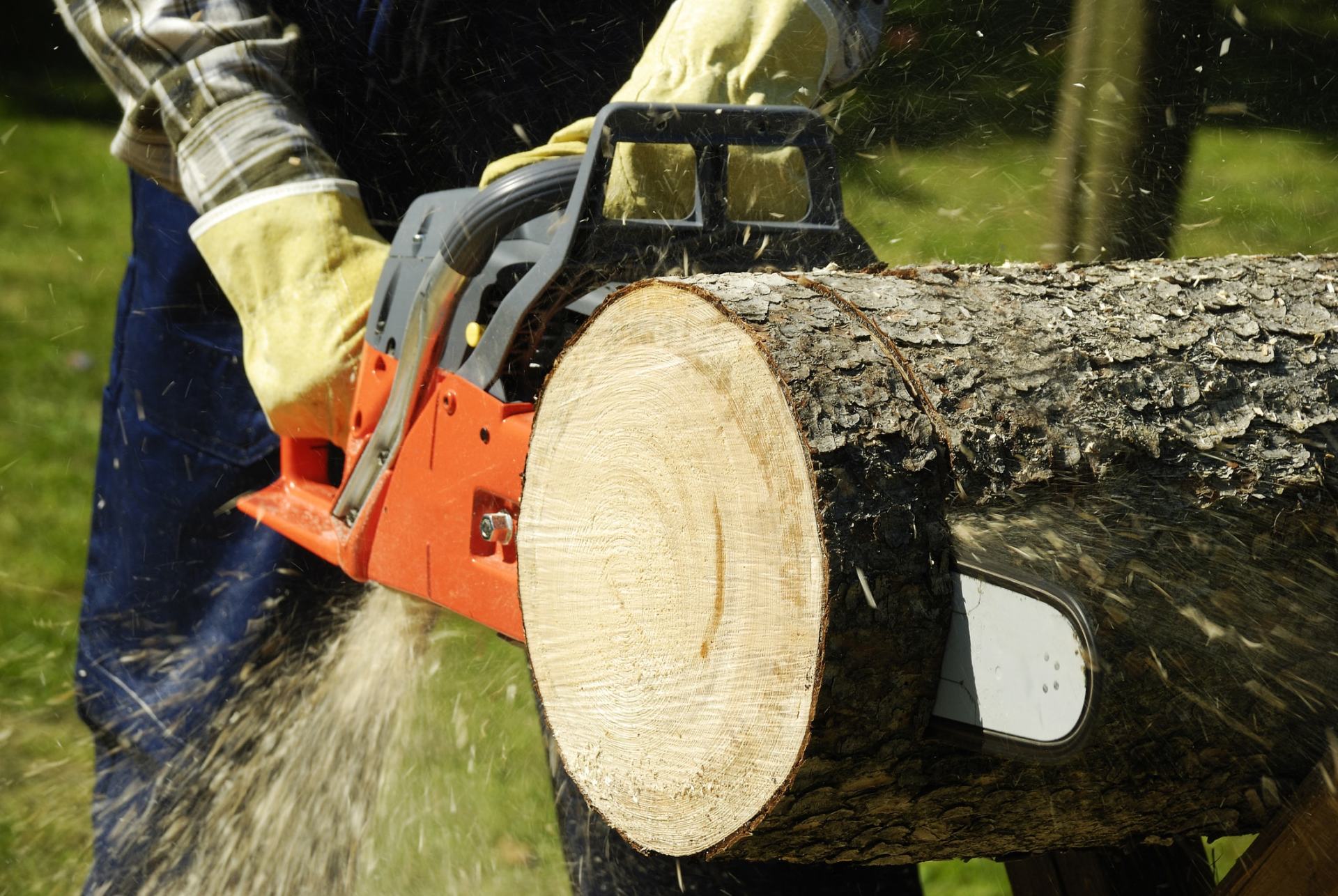Storm Damage Cleanup Services in Omaha and Surrounding Areas
Storms can wreak havoc on trees, leaving behind damage and debris that pose safety risks and threaten property. Prompt storm damage cleanup is essential to mitigate these risks and restore your property to its pre-storm condition.

Benefits of Storm Damage Cleanup:
- Safety: Removing fallen trees and debris eliminates safety hazards and reduces the risk of accidents or injuries.
- Property Protection: Prompt cleanup prevents further damage to structures, vehicles, and landscaping caused by fallen trees and branches.
- Prevention of Secondary Damage: Clearing debris and damaged trees helps prevent secondary issues such as pest infestations and disease spread.
Our Storm Damage Cleanup Services: At Absolute Tree Service, we understand the urgency of storm damage cleanup and are here to help restore safety and order to your property. Our team of trained professionals is equipped to handle storm-related emergencies quickly and efficiently.
Our storm damage cleanup services include:
- Removal of fallen trees and branches
- Debris removal and cleanup
- Emergency tree stabilization to prevent further damage
- Assessment of tree health and recommendations for repair or removal
With our rapid response and expert assistance, you can trust us to restore your property to its pre-storm condition as quickly as possible.
Why Choose Us for Storm Damage Cleanup:
- 24/7 Emergency Response: We offer round-the-clock emergency services to address storm-related issues whenever they occur.
- Professionalism: Our team is trained to handle storm damage cleanup with professionalism and efficiency, minimizing disruption to your property and daily life.
- Experience: With years of experience in the tree care industry, we have the knowledge and skills to handle even the most challenging storm damage cleanup projects.
Frequently Asked Questions (FAQs) About Storm Damage
1. What is storm damage?
Storm damage refers to the destruction or harm caused to properties, including trees, structures, and landscapes, as a result of severe weather events such as strong winds, heavy rain, lightning, hail, or snowstorms.
2. What are common types of storm damage to trees?
Common types of storm damage to trees include broken branches, uprooted trees, leaning trees, split trunks, and canopy damage caused by high winds, lightning strikes, or heavy precipitation.
3. How can I assess storm damage to my trees?
After a storm, carefully inspect your trees for signs of damage, including broken or hanging branches, leaning trunks, torn bark, and uprooted soil around the base of the tree. Look for any signs of stress or instability that may pose a risk to safety or property.
4. What should I do if my tree is damaged by a storm?
If your tree is damaged by a storm, prioritize safety by staying away from the area until it is safe to assess the damage. Contact a professional tree service provider to evaluate the tree's condition and recommend appropriate measures, such as pruning, bracing, or removal, to address the damage.
5. Is storm damage covered by insurance?
In many cases, damage to trees caused by storms may be covered by homeowners' insurance policies. However, coverage may vary depending on the policy terms and the extent of the damage. Contact your insurance provider to determine coverage and file a claim if necessary.
6. How can I prevent storm damage to my trees?
While it's impossible to prevent all storm damage, there are steps you can take to minimize the risk, such as regular tree maintenance, pruning dead or weak branches, and inspecting trees for signs of disease or decay. Additionally, planting trees in appropriate locations and providing structural support through cabling or bracing can help mitigate storm damage.
7. Can storm-damaged trees be saved?
In many cases, storm-damaged trees can be saved with prompt and proper care. However, the extent of the damage, the tree's overall health, and the severity of structural issues will determine the best course of action. Consult with a certified arborist to assess the tree's condition and determine the most suitable treatment options.
8. How quickly should storm damage to trees be addressed?
Storm damage to trees should be addressed as soon as it is safe to do so. Prompt action can help prevent further damage, minimize safety risks, and increase the likelihood of successfully saving the tree through appropriate treatment and care.
9. What are the risks of leaving storm-damaged trees untreated?
Leaving storm-damaged trees untreated can pose significant risks, including falling branches or trees, property damage, personal injury, and the spread of disease or decay to neighboring trees. It's essential to address storm damage promptly to mitigate these risks.
10. How can I find a reputable tree service provider for storm damage cleanup?
When selecting a tree service provider for storm damage cleanup, look for companies with experience, proper licensing and insurance, and positive customer reviews. Obtain multiple estimates and choose a provider that offers prompt, professional, and reliable service to address your storm damage needs.
Ready to Schedule Storm Damage Cleanup Services? Contact Absolute Tree Service today to schedule emergency storm damage cleanup services or request a free estimate. Our team is standing by to assist you in restoring safety and order to your property.


